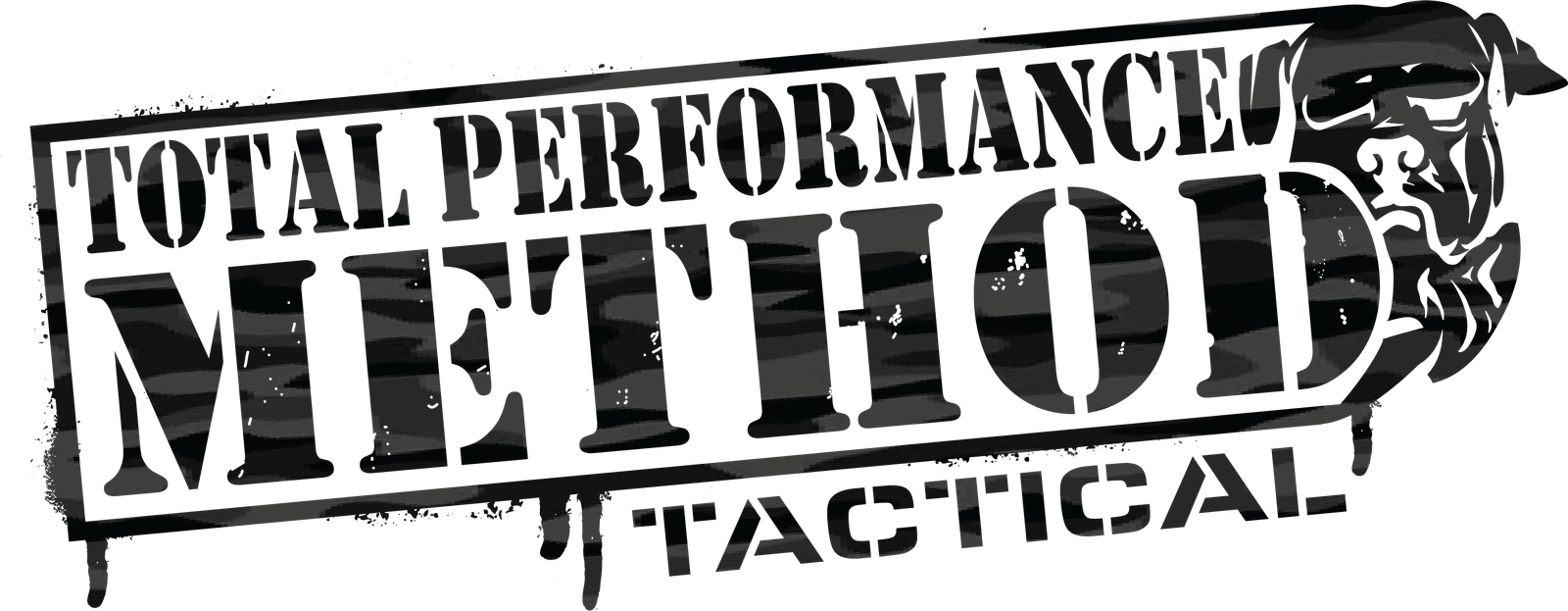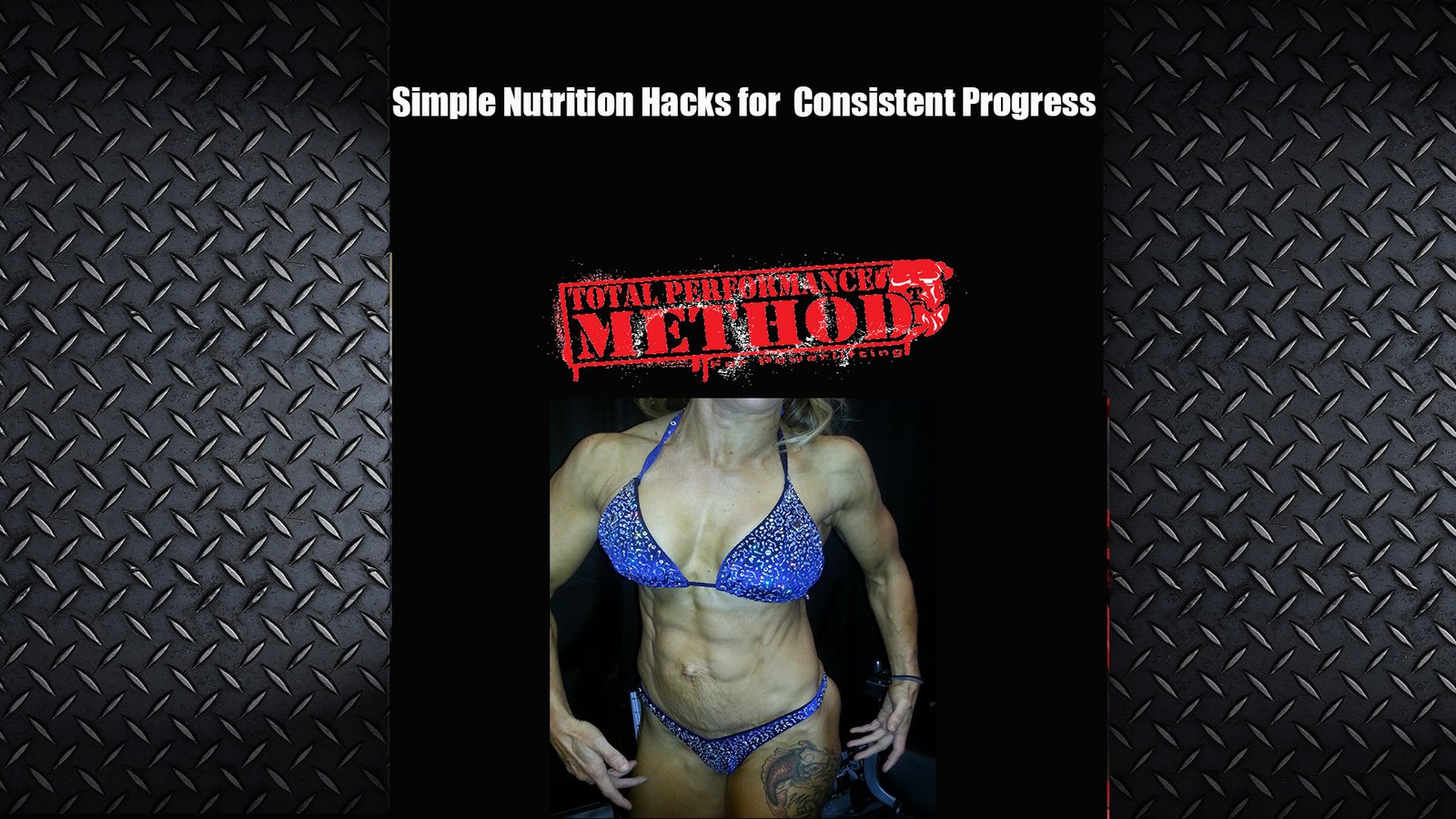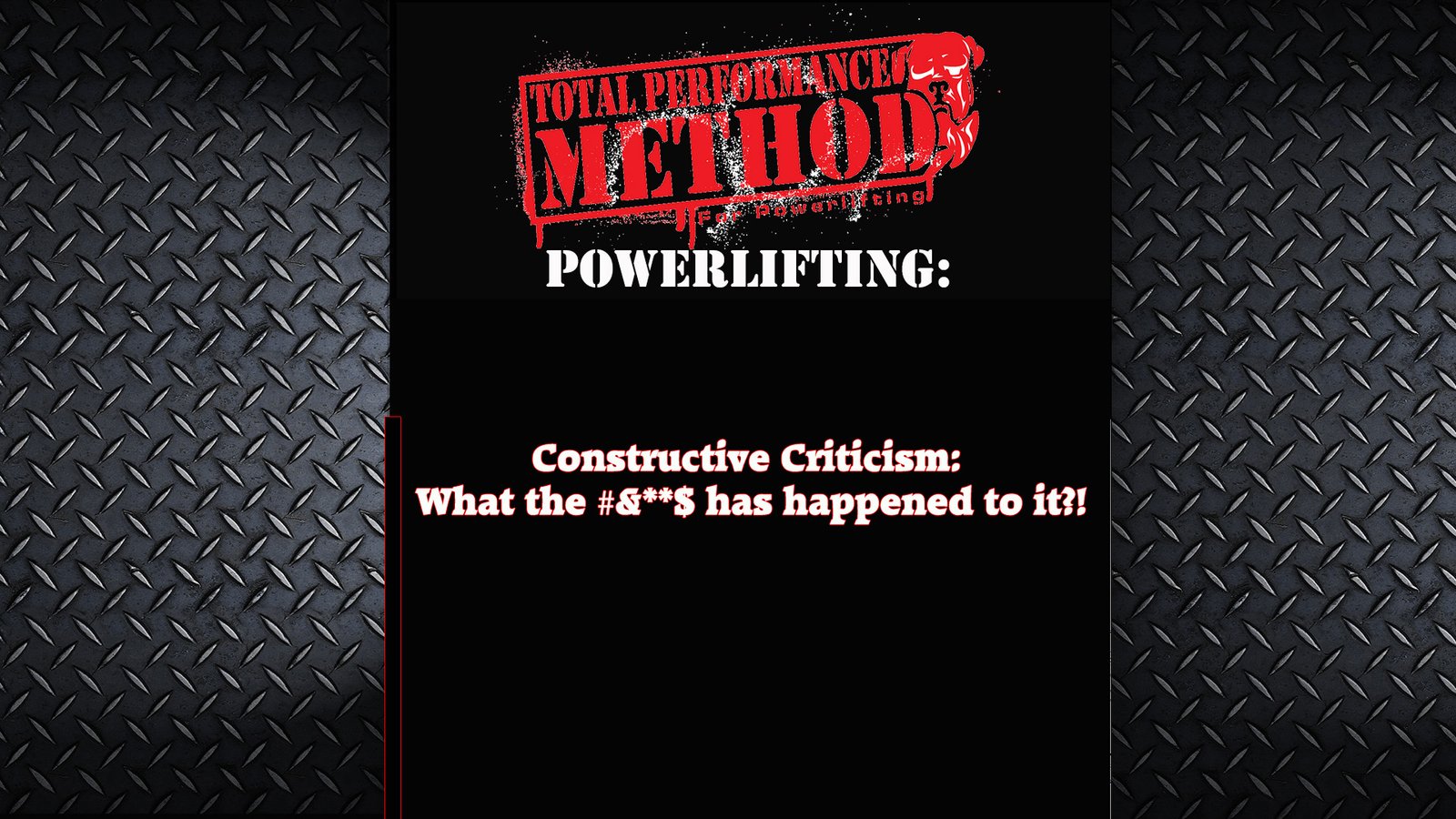Hydration is simply replacing fluids lost through sweating. When you exercise you sweat. As you sweat you lose fluid. You must drink an adequate amount of fluid to keep your body functioning properly, never mind optimally. I’ll discuss how much and what kind a little later in this article.
Dehydration is a whole ‘nother thing, kids. This can be something very minor that can be easily corrected to a life threatening medical condition that requires immediate hospitalization. It can lead to death. Dehydration is when your body loses a certain amount of fluid through sweating and you do not replace it. It can also be caused by vomiting, sickness (usually from fever) and excessive urine output (usually related to diabetes). Common indicators of dehydration are low or no urine output, dry-sticky mouth, sunken eyes, lethargy, a lack of tear production and a decrease in exercise performance in one session.
Signs of Dehydration
There are several medical tests that can be performed to check for dehydration but I am not going to go into that. A simple thing that you can do in the gym is to check the elasticity of the skin. A well hydrated person’s skin will “snap” back to its normal position when pinched quickly. This is elasticity of the skin. If you pinch the skin and it takes a long time to go back to normal you need to start consuming fluids right away. Delayed capillary refill is also a sign of dehydration. This is when you pinch the skin and it turns white. It should return to its normal color very quickly. If it takes more than a few seconds, you need to consume fluids fast.
Dehydration can also limit athletic performance. This begins by causing fatigue. It gets worse and will limit power output and can cause muscle spasms. Dehydration can place a great strain on the cardiac system, too. Heat stroke and heat exhaustion are soon to follow if rehydration is not performed.
Dehydration and Your Training
Athletes (you) need to be aware of the fact that a fluid loss of as little as 2% can impair athletic performance. 2% is not much weight. This translates to 4 pounds in a 200-pound athlete. A 200-pound athlete can routinely lose much more weight than this in a hard workout or a game. This could be why you are not having a great workout in the hot weather. The 20-ounce bottle of water you bought at the front desk isn’t enough for one workout people. I am not saying this to increase my drink sales either. Although increased drink sales are not bad for me.
In 2000, the National Athletic Trainers’ Association (NATA) published an article on rehydration. They stated that “the onset of significant dehydration is preventable, or at least modifiable, when hydration protocols are followed to ensure all athletes the most productive and safest athletic experience.” This means in simple terms that drinking fluid during exercise is a very easy thing to do and is a very important thing to do as well. Get the most out of your training; drink lots of fluids.
Don’t even get me started on those rubber suits that people wear while exercising to lose weight. Those things should be outlawed.
Hydration Guidelines
The following guidelines are taken from the Gatorade Sport Science website: “Consuming adequate fluid at regular intervals during exercise easily prevents dehydration. All athletes can train themselves to become better drinkers and can learn from experience just how much fluid they need under varying circumstances of exercise and environment. Athletes who are profuse sweaters (> 2 liters/hour) may not be able to ingest enough fluid to remain completely hydrated. However, all athletes can learn to become better drinkers, and procedures should be put in place to assure that they do.
Current fluid replacement guidelines recommend that the goal of fluid replacement is to replace 100% of sweat loss during exercise. For instance, if an athlete loses sweat at a modest rate of one liter per hour, ingesting 8 oz every 15 minutes would fully replace sweat loss. Of course, it is important that athletes have a good idea of just how much sweat they lose during a typical practice or game so that they can judge how much fluid to ingest. This is most easily accomplished by having athletes record a nude body weight before and after practice. Any weight deficit represents a failure to drink adequately. For example, if an athlete weighs 178 lb before practice and 176 lb after practice, the 2-lb difference reflects the need to drink an additional 32 oz of fluid in future practices.”
I hope that I have shed a little light on the importance of drinking adequate fluid during and after exercise. You spend a lot of time and effort at the gym training hard to meet your goals. Don’t shortchange yourself. Train smart, hydrate often.







Leave A Comment